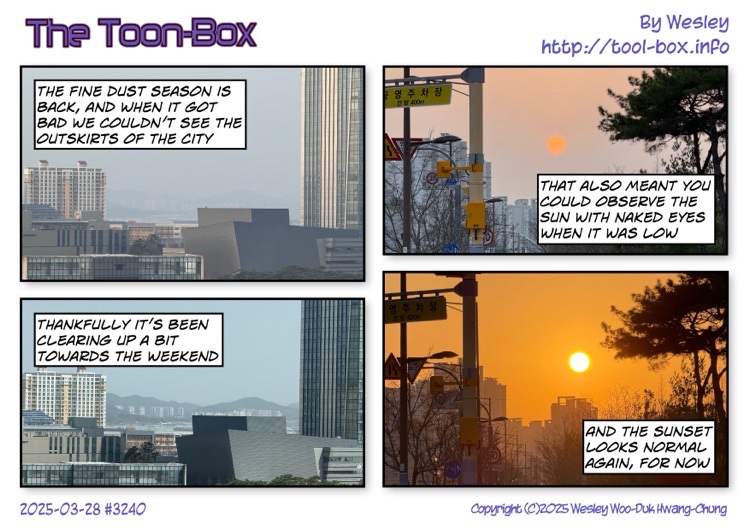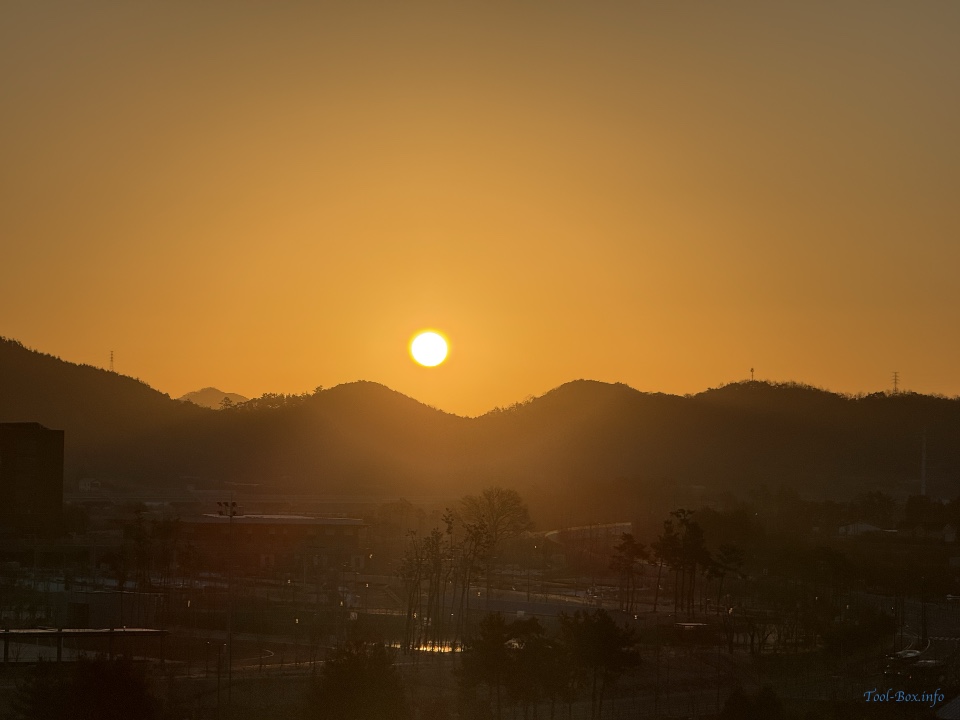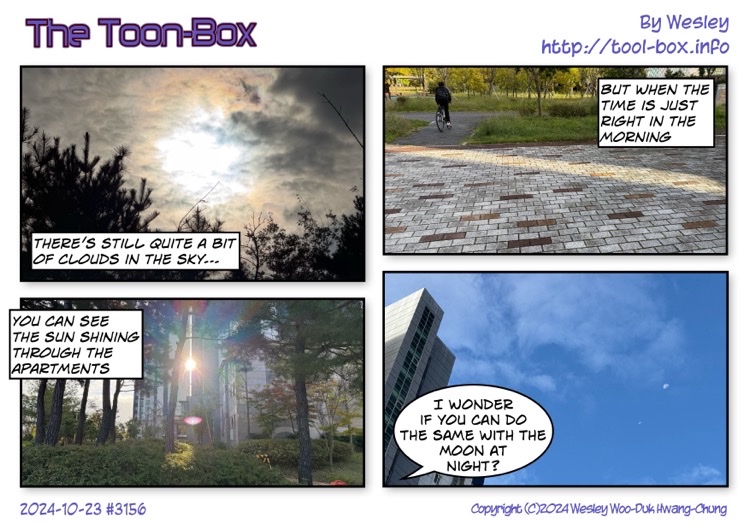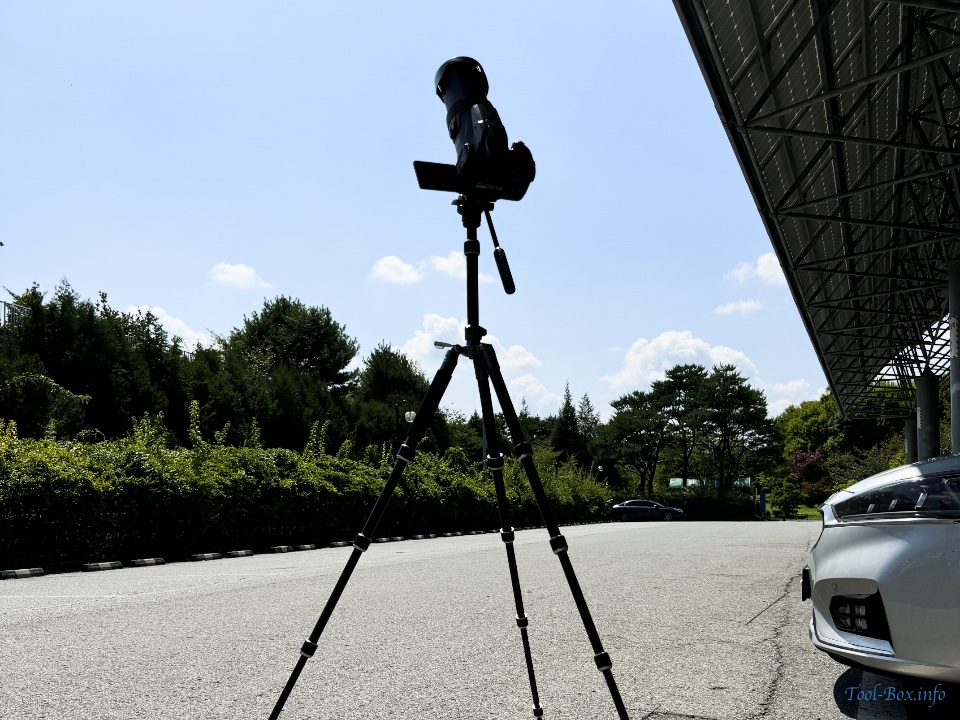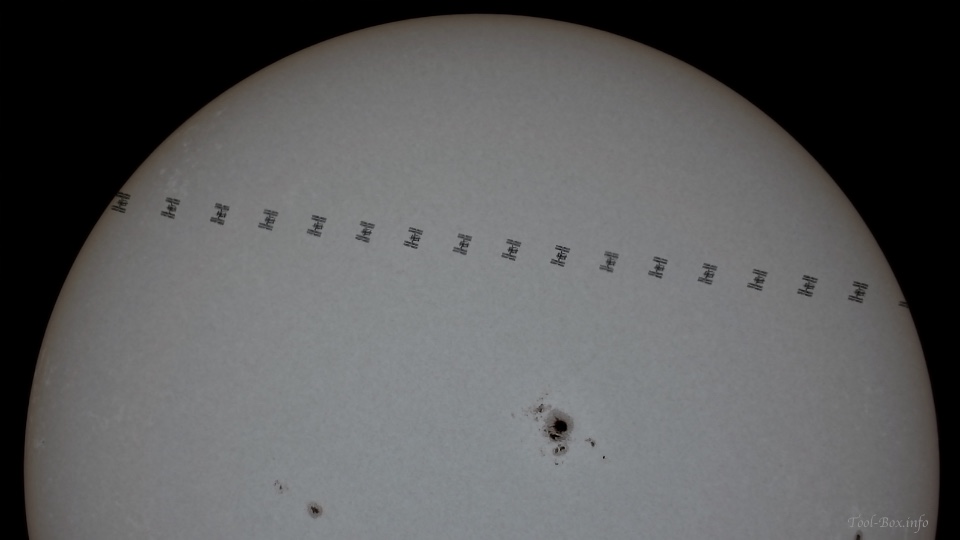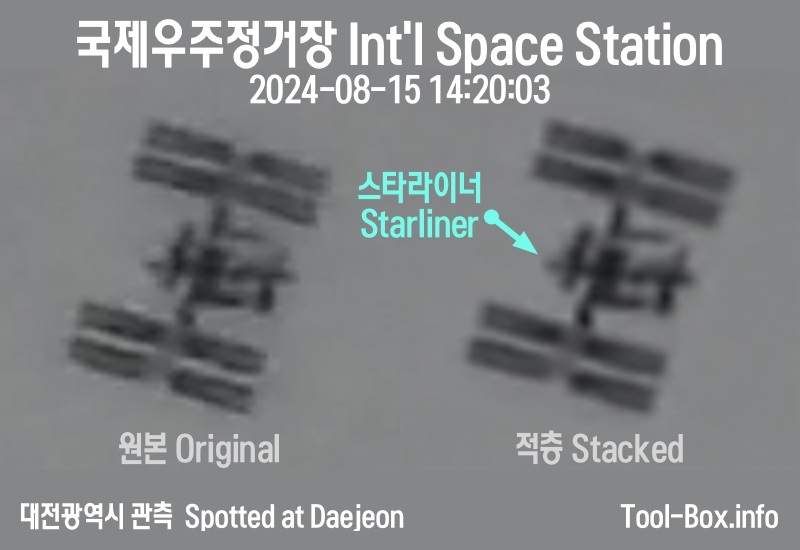First greetings from the year 2026
Posted by Wesley on2025 was an interesting year with lots of chaos and progress, much of which resulted from the events that took place in 2024. Now we're entering 2026, the year of the Fire Horse. Like the Sun in the picture, I hope everyone outshine the murkiness that is the clouds and rise up.
Device: iPhone 17 Pro Max
Settings: 200 mm equiv. - ISO 25 - 1/940s - f/2.8
Time: 2026-01-01 07:56 KST
Location: Naju, Korea

